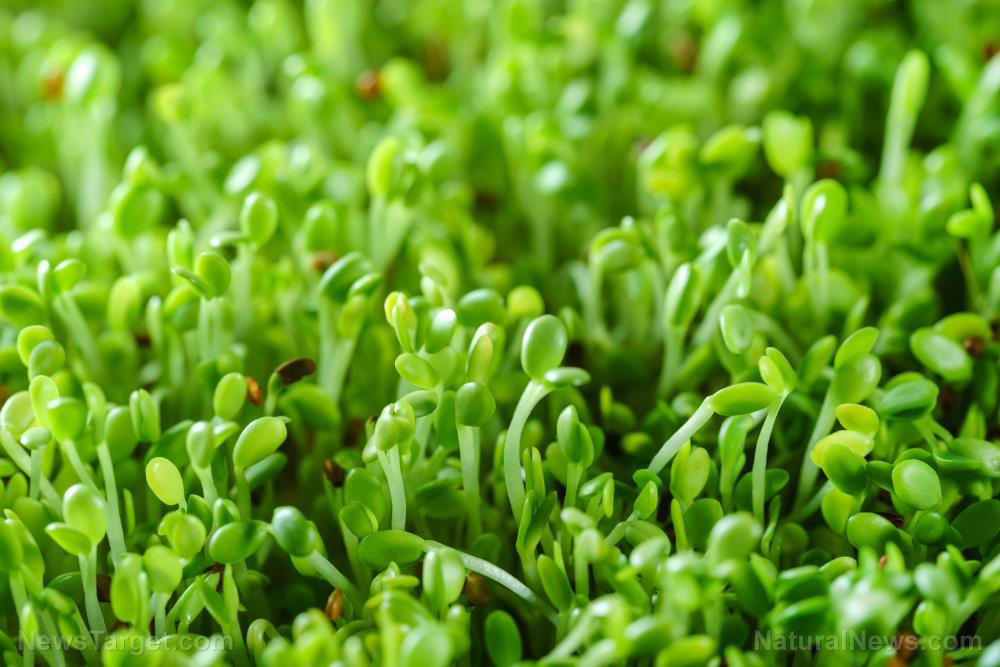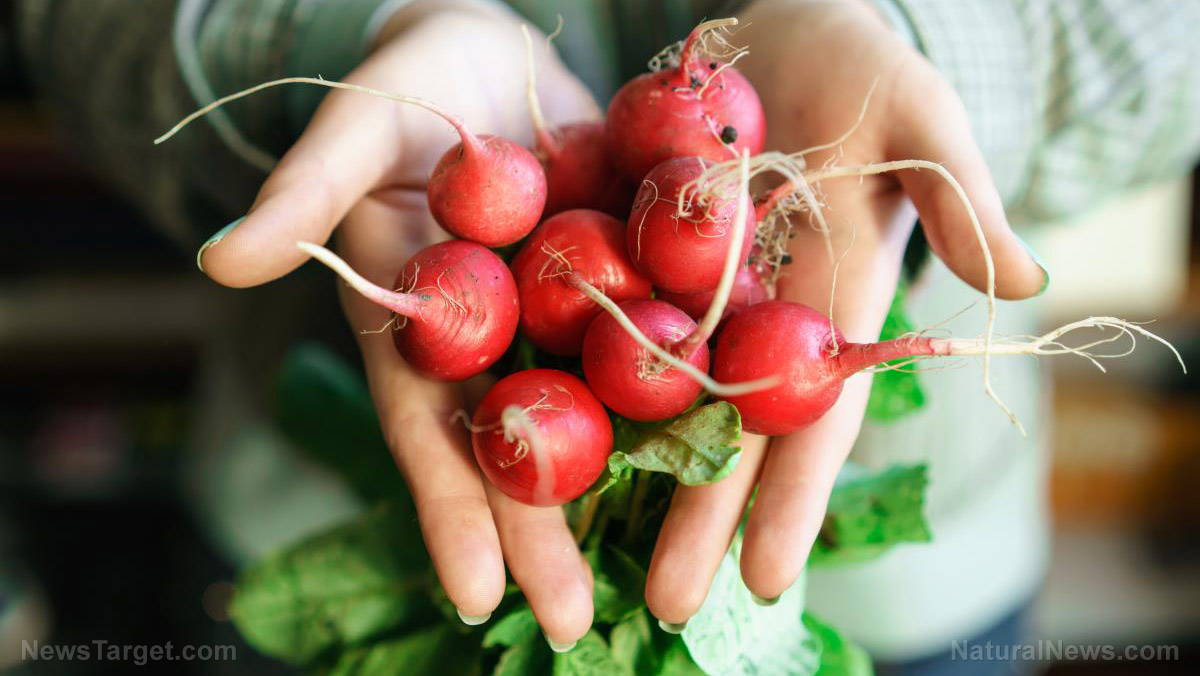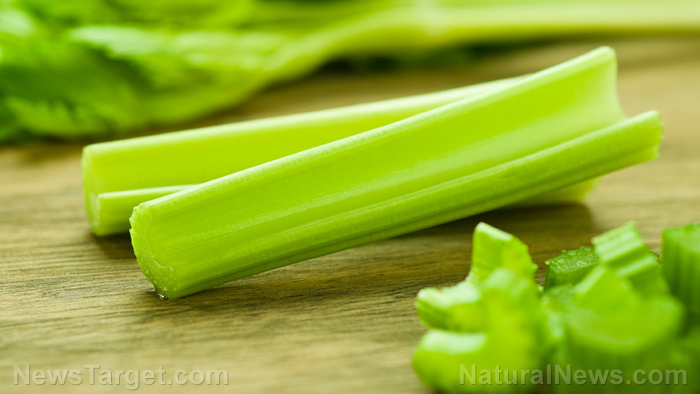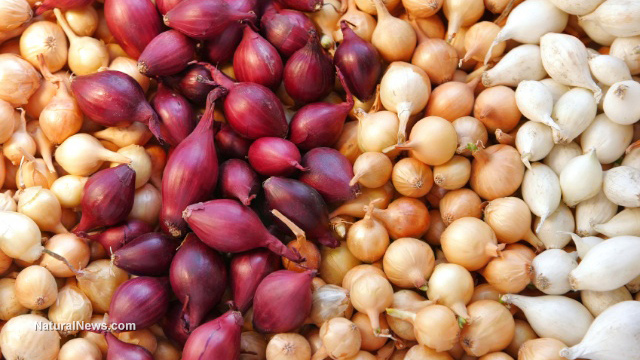DIM in broccoli and cruciferous vegetables could be the solution to antibiotic resistance
08/05/2022 / By Ethan Huff

Diindolylmethane (DIM), a healing compound found naturally in cruciferous vegetables like broccoli and cauliflower, may possess the ability to fight antibiotic-resistant “biofilms” and other associated pathogens.
New research reveals that DIM, a popular anti-cancer substance sold in supplement form, fights harmful bacteria such as Pseudomonas aeruginosa and Acinetobacter baumannii, both of which are considered resistant to pharmaceutical-based antibiotics.
Tests showed that DIM has the capacity to inhibit biofilm formation of these bacteria by anywhere from 65-70 percent. When combined with certain antibiotics, that level of effectiveness increases to a 98 percent reduction in biofilm growth.
Even without antibiotics, which destroy probiotic, or “good,” bacteria, DIM was found to aid the body with significantly faster healing from a bacterial infection. This is great news for people who wish to avoid the use of potentially deadly antibiotics, but who still want a leg up against disease.
Much is known about sulforaphane, another cruciferous vegetable compound, which fights autism, cancer and other illnesses. DIM is perhaps lesser known, but is now a rising star in the “superfood” category of natural healing substances.
Your gut converts indole-3 carbinol (I3C), a cruciferous vegetable phytochemical, into DIM, which then supports healthy immune function. Together with sulforaphane, DIM delivers a one-two punch against a variety of illnesses.
According to Israel21c.org, which covered the new study out of Ben-Gurion University of the Negev, DIM actively breaks down the biofilms that allow bacteria to resist antibiotics.
“The scientists found that phytochemical 3,3?-diindolylmethane (DIM) successfully broke down the biofilms protecting pathogens including A. baumannii and P. aeruginosa 65% and 70% of the time, respectively,” the news outlet reported.
DIM was also found to speed up the healing process of an infected wound, illustrating its power to amplify the immune system’s ability to heal and bring about recovery.
The safest and most effective remedies always come from nature
For years, the establishment has been hammering at the public the idea that antibiotic-resistant “superbugs” are a threat with no known cure. This latest research strongly suggests otherwise.
If something as simple as Bok choy, another cruciferous vegetable loaded with DIM, is capable of fighting off these superbugs, then it is a lie to suggest that there is nothing anyone can do to stop these types of infections.
Antibiotic overuse, many believe, is the reason why we have superbugs in the first place. If people were supporting their immune systems naturally rather than gobbling down antibiotic pills every time they show the slightest signs of infection, then bacteria would not have been able to “learn” how to outsmart these drugs.
Now, there is a global epidemic of superbugs, thanks to Big Pharma, and many are searching for solutions. Perhaps DIM and cruciferous vegetables are a solution that requires no additional drugs or other invasive interventions.
“The four pathogenic bacteria investigated in the study … P. aeruginosa, A. baumannii, Serratia marcescens and Providencia stuartii – are all gram-negative bacteria, and in the initial investigation, DIM reduced biofilm formation in all four by as much as 80%,” wrote Dr. Joseph Mercola about the findings.
“Nonhealing wounds are often infected with pan-resistant bacteria, and it’s the biofilm that prevents the tissues from healing back together … Wounds treated with DIM for 10 days healed significantly better than untreated wounds, thanks to a significant reduction in biofilm formation, and the combination of DIM plus antibiotic worked even better. Wounds treated with gentamycin alone saw no improvement.”
I3C, by the way, is a powerful antioxidant that supports hormone balance and liver detoxification. And sulforaphane helps to balance blood sugar levels, improve kidney function, and support gut balance by normalizing DNA methylation. Consuming cruciferous vegetables will feed your body both of these things, and your digestive system will convert I3C into DIM for added benefits.
You will find more stories like this one at NaturalMedicine.news.
Sources for this article include:
Submit a correction >>
Tagged Under:
antibiotic resistance, broccoli, cancer, chemoprotective, cruciferous, cruciferous vegetables, immune systems, infection, natural cures, natural healing, natural medicine, natural remedies, research, sulforaphane, superbugs, vegetables
This article may contain statements that reflect the opinion of the author
RECENT NEWS & ARTICLES
COPYRIGHT © 2017 VEGGIE NEWS




















